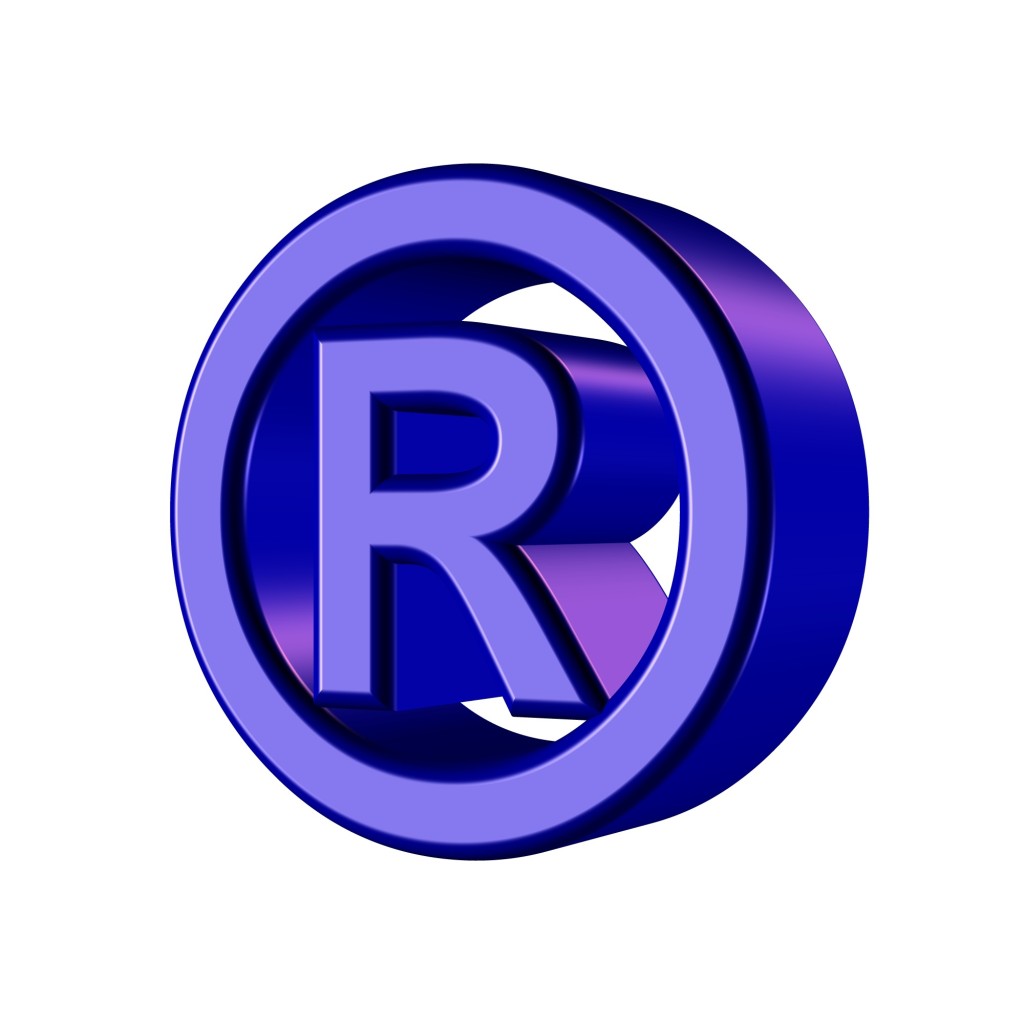What is the Test for Obviousness?
One of the requirements for obtaining a patent on an invention is that the invention must be non-obvious. See 35 § USC 103. Over the past 100 years, the standard for obviousness has changed significantly. What has not changed is that the obviousness requirement is highly subjective, encountered often and can be a difficult issue to contend with. This article discusses the test for obviousness, applicable case law and options for responding to an Office Action from the United States Patent Office (“PTO”) that asserts an obviousness rejection under 35 USC § 103 (“103 rejection”).
In order to analyze whether an invention is obvious, one must determine if the differences between the invention and the prior art would have been obvious at the time of filing a patent application on the invention. The term prior art generally refers to references, such as patents or publications, that were available to the public prior to the filing date of a patent application. A brief look at the relevant case law is helpful to understand how to determine if an invention is obvious in light of the prior art.
A seminal case regarding obviousness is Graham v. John Deere Co., 383 U.S. 1 (1966). The court in Graham established the conceptual framework for an obviousness analysis, which is commonly known as the Graham Test. Under the Graham Test, in order to determine whether an invention is obvious in light of the prior art, the following factors are considered: 1) the scope and content of the prior art; 2) the differences between the prior art and the claims (or invention) at issue; 3) the level of ordinary skill in the pertinent art; and 4) secondary considerations of non-obviousness. See id. at 17-18.
Subsequent to Graham, the court in KSR Int’l Co. v. Teleflex Inc. (“KSR”) opted for a more flexible “common sense” approach that included the Graham factors. 550 U.S. 398 (2007). The court stated: “The combination of familiar elements according to known methods is likely to be obvious when it does no more than yield predictable results.” Id. at 416. Further, the court added several factors that may be considered along with the Graham factors including the interrelated teachings of multiple patents, design incentives, market forces, any need or problem known in the field of endeavor at the time of invention and addressed by the patent, and the background knowledge, creativity and common sense of the person of ordinary skill. See id. at 418-421. These factors assist in determining whether there was an apparent reason to combine the known elements in the fashion claimed by the patent at issue.
As a result of KSR, the PTO issued seven “exemplary rationales” that Examining Attorneys at the PTO may use in issuing 103 rejections. The two major lines of reasoning of these rationales are: 1) combining familiar elements to yield predictable results; and 2) some teaching, suggestion or motivation (TSM) in the prior art that would have led one of ordinary skill to arrive at the claimed invention.
When responding to a 103 rejection issued from the PTO, patent attorneys use their science and/or engineering backgrounds, the case law cited above, and – most importantly – common sense to explain why an applicant’s invention is not obvious in light of the prior art. The patent attorneys at The Plus IP Firm have experience in responding to 103 rejections and have obtained numerous patents on behalf of their clients. To schedule a free consultation with a patent attorney with The Plus IP Firm, click HERE.












